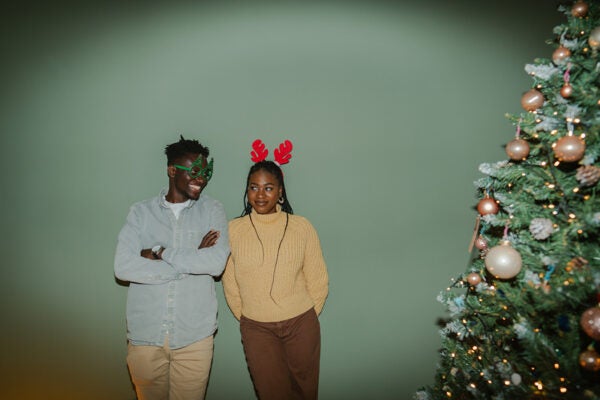Human societies have answered the question of what happens after we die in many different ways. Today, though, many of us have another question: What happens to our pets? As anthropologist Sabina Magliocco writes, Americans’ answers sometimes call into question the orthodoxies of their own religions.
Magliocco notes that theological discussions of non-human animals are nothing new. Archaeologists have found that some Paleolithic human communities buried dogs, cats, and foxes in similar ways to humans, and many non-Abrahamic religions recognize animals—and sometimes plants, rivers, and mountains—as having spiritual lives.
However, beginning with the fifth-century writings of Saint Augustine, Christian doctrine has taught that animals don’t have eternal souls and therefore can’t be saved or resurrected into an afterlife. Mainstream science also long dismissed the idea that animals possess interiority as humans do. René Descartes’s seventeenth-century writings, which argued that animals’ lack of language means that they don’t think or have any experience of the world, were extremely influential on the development of scientific thinking about animals.
Magliocco writes that these ideas shifted starting in the late nineteenth century. The animal welfare movement began arguing for the moral worth of animals, and popular media, particularly books aimed at children, increasingly featured depictions of animals as something akin to people. Anna Sewell’s 1877 classic Black Beauty, for example, allowed the horse to narrate his own life.
Today, while animals are perhaps more exploited and commodified than ever, particularly in the food industry, pets have increasingly become understood as members of human families. More than half of US households have at least one pet, and it’s common for people to refer to them as family, or comparable to children.
For many Americans today, the answer to the question of what happens to animals when they die is the “Rainbow Bridge.” The origins of this trope are unclear, but it’s often traced to a 1981 poem attributed to a grief counselor named Paul C. Dahm, which describes a paradise for animals in which they are eventually reunited with their owner.
Many pet owners Magliocco spoke with referred to the Rainbow Bridge and anticipated being reunited with their companions in Heaven. And 81 percent of her respondents indicated that they believed animals had souls. Some Christians noted that their religion’s official teachings deny this, but went on to say that, on an emotional level, they couldn’t believe it.
In general, people spoke of the spiritual lives and afterlives of the animals they loved in much the same language they used for people.
Weekly Newsletter
“They spoke of pets who were reincarnated former pets or family members, animals who had become their spiritual teachers, and past companion animals with whom they still communicated, or who visited them in ghostly forms,” she writes.
This appreciation for the souls of pets doesn’t necessarily extend to other creatures. But Magliocco suggests that, for those animals with whom humans are close, emerging folk beliefs imbue them with “a form of personhood that extends into the spiritual realm.”







